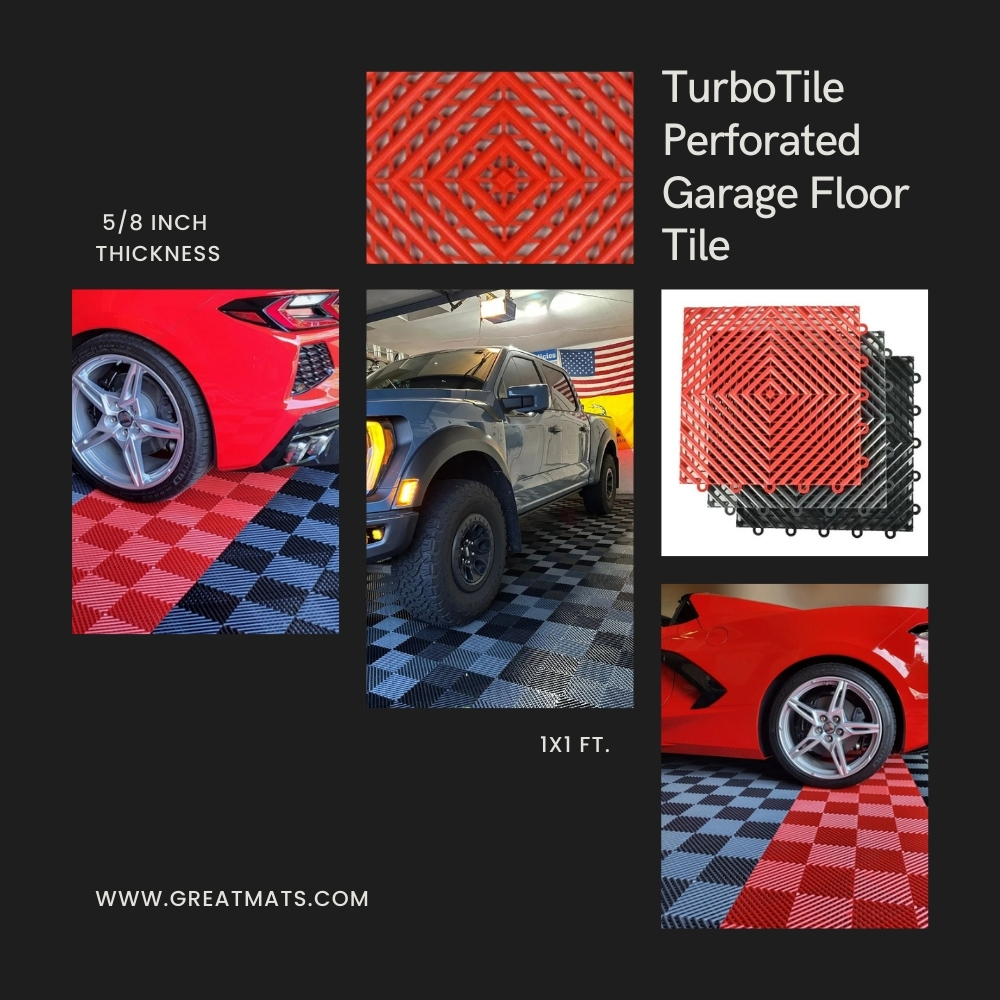What Is Mood Board Flooring?
Related Product: Max Tile Raised Floor Tile 5/8 Inch x 1x1 Ft.
What Is a Flooring Mood Board?

A flooring mood board is a collection of flooring samples, color swatches, and other materials that you’ll use to define the aesthetic of a room. A mood board is a helpful planning tool for your interior design projects, giving you the chance to see how all of the elements work together and helping you strategically plan the decor elements that you will use. By gathering samples, you can see how each element works together, and you can use the mood board to combine your ideas for flooring, furniture, paint, and other accessories.
What to Include on a Flooring Mood Board
For your mood board flooring to be the most effective, you’ll need to include several types of materials and images:- Flooring samples of the flooring materials you’re considering, whether that’s wood, tile, carpet, or vinyl products.
- Color swatches, such as paint chips, fabric swatches, or other samples that you’re considering for use in the room.
- Texture samples, such as materials like fabric, wood, or metal, so you can get a tactile feel for what will work best in the space.
- Images, including photos of furniture, accessories, and room design styles, can give you inspiration and can guide your design process.
How to Create a Flooring Mood Board
Creating a flooring mood board is a great way to prepare for your DIY project, and there are many different ways to create a mood board. These steps can help guide you through the process, but since this is an exercise in creativity, feel free to change things up, too.- Get inspired. To determine the style you want to create in the room, read design blogs and magazines, or use platforms like Pinterest to review sample rooms and completed projects. These resources can help give you ideas and inspiration, and you can use them as samples to guide your board, too.
- Define your vision. Start to determine the mood, style, and color palette that you want to create within the room.
- Layer your mood board elements. Collect your flooring samples and swatches, then start with the largest base elements, like your flooring product. Next, start layering other design elements, like fabric swatches, over the base to see how they work together.
- Focus on a functional design. Consider how the space will be used. A lightly used den might be the perfect space for luxury furnishings, but if you’re designing a kids’ play space, you’ll need to choose products that are hard-wearing and more practical. Make sure you’re choosing products that are appropriate for the room’s use.
- Finalize your design. Review the board and change up some elements until you find the perfect balance that reflects your desired design.
Benefits of a Flooring Mood Board

There are many potential benefits to using a flooring mood board. Mood boards are powerful tools that can help you visualize the entire design to make sure the elements you’re choosing will work well together. By placing the colors, textures, and materials on a single board, you can make sure they’re the right choices before placing an order.
Mood boards also create a sense of cohesion. By designing a mood board, you’re confirming that all of the elements you choose work well together, contributing to a unified space.
Mood board flooring can also help inspire your design project. By playing with different design elements and combinations, you might discover a style that you wouldn’t have otherwise thought to use.
While many homeowners use mood boards for their DIY design projects, these boards are also valuable if you’ll be working with a designer or contractor. A mood board can clearly communicate your design goals to a partner, helping avoid miscommunications and misunderstandings, so the final product is likely to reflect your preferences.
